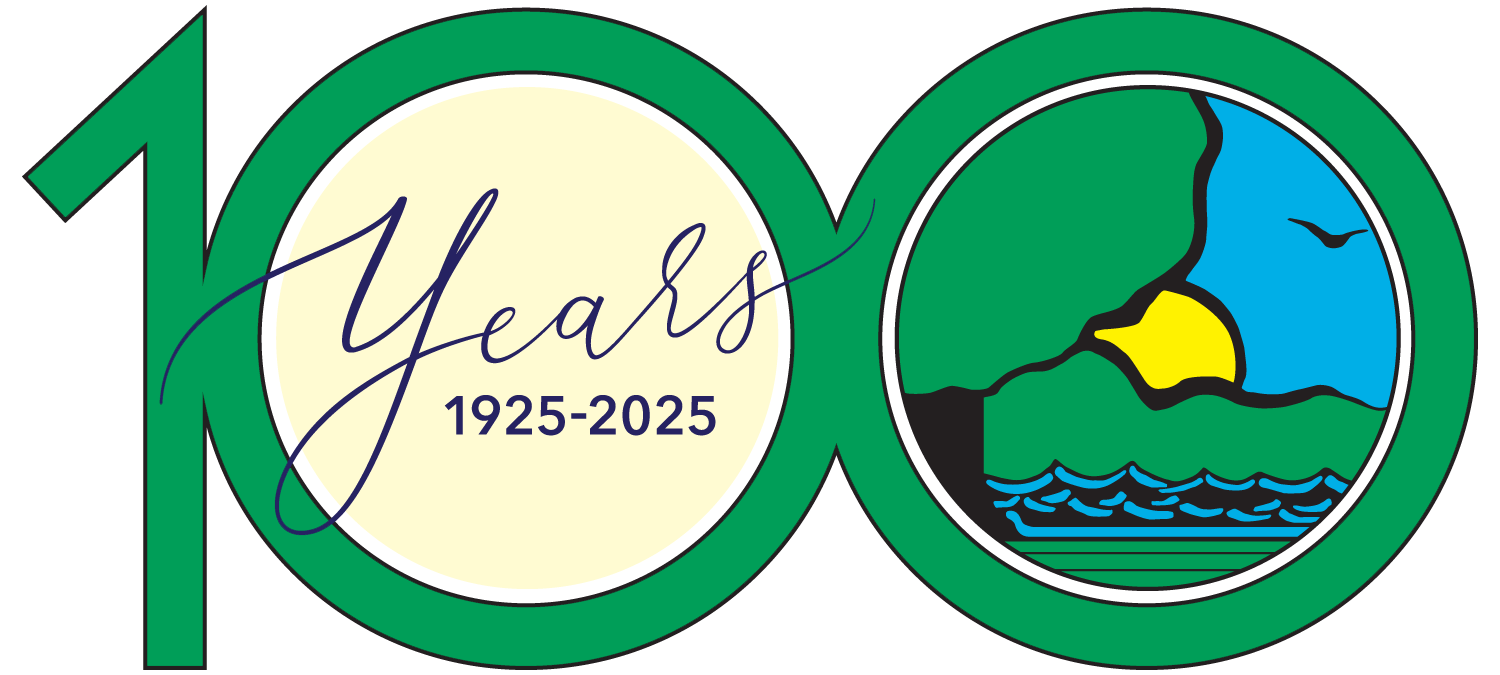
Horseshoe Lake SFWA – Raskey Slough infrastructure upgrade



Horseshoe Lake SFWA – Raskey Slough infrastructure upgrade
Photos Courtesy Mike Sertle, Ducks Unlimited, Inc.
The Illinois Department of Natural Resources’ (IDNR) Division of Wildlife Resources administers four special grant programs that are funded by Illinois outdoorsmen and women through the purchase of Habitat Stamps and Migratory Waterfowl Stamps. These are the Illinois Habitat Fund, State Pheasant Fund, State Furbearer Fund and the Migratory Waterfowl Stamp Fund. Together, these programs are designed to protect, acquire, enhance or manage wildlife habitat and to support limited research and educational programs to further advance this mission.
In 1934 President Franklin D. Roosevelt signed into law the Migratory Bird Hunting Stamp Act, designed to curtail destructive actions to wetlands and conserve habitats critical for waterfowl, as well as other birds, mammals, fish and plants. Since that time, funds generated by the annual sale of federal stamps has totaled more than $800 million, resulting in the protection of more than 5.7 million acres of habitat.

A companion Illinois-specific waterfowl stamp took effect in 1975, with revenues administered by the Illinois Department of Natural Resources (IDNR). To date, stamp purchases have contributed nearly $26 million to this fund.
Randy Smith, IDNR Wetland Wildlife Program Manager, explained that projects selected for funding should be at IDNR wetland management or waterfowl hunting areas and meet several criteria related to conservation planning, hunter access, habitat quality and cost effectiveness among other considerations. Projects selected for funding outside Illinois must specifically enhance waterfowl populations in the Mississippi Flyway and relate to goals outlined in the North American Waterfowl Management Plan.
The State Duck Stamp Committee evaluates and prioritizes applications submitted to IDNR by the annual January 1 deadline. Serving on the committee are the State Waterfowl Biologist, Chiefs of the IDNR Divisions of Wildlife Resources, Land Management and Engineering and two or more at-large representatives from statewide waterfowl organizations who are appointed by the IDNR Director.
Illinois Migratory Waterfowl Stamp Funds are distributed to three types of projects:
Project criteria are outlined in Illinois Administrative Rule 17-3060 and include habitat quality, geographic region, biological scope, feasibility, infrastructure maintenance and capacity, waterfowl hunting opportunity and public access.
“Overall, the committee is looking for projects that are the most cost effective, provide the greatest potential for enhancing quality wetland habitat and benefit holders of the State Migratory Waterfowl Stamp, wherever they may live in Illinois,” Smith remarked.
“The Duck Stamp is and always will be a crucial, if not critical, resource for waterfowl resources,” remarked Mike Sertle, Ducks Unlimited, Inc. Regional Biologist for Illinois and Indiana. “The beauty of the fund is that each projects is evaluated on their merits and that the money gets spread across the state to allow really important work to occur regardless of the size of the project.”

Fifty percent of the funds derived from the sale of State Migratory Waterfowl Stamps and deposited into the State Migratory Waterfowl Stamp Fund is spent toward new waterfowl projects, land acquisition and maintenance projects within Illinois.
“Due to several years of budget impasse there was a backlog of funding, so this year the committee selected 25 projects (see list below) for funding within Illinois, including $3.8 million in waterfowl habitat improvements on sites owned or managed by IDNR,” Smith explained. Another $350,000 is spent annually on wetland habitat maintenance, primarily at DNR owned and managed waterfowl hunting areas.
Fifty percent of the funds derived from state stamp sales are allocated to appropriate not-for-profit organizations, such as the work on the development of waterfowl propagation areas within Canada or the United States. In selecting these projects, the committee considers a few additional criteria, such as location, habitat quality, overall value and how Illinois Duck Stamp funds will be leveraged.
Past projects have focused on critical wetland and upland habitat in Saskatchewan and Manitoba, where a large percentage of the ducks that migrate through Illinois and the rest of the Mississippi Flyway originate. Projects restore wetlands and grasslands where ducks nest, improve habitat, and protect existing habitat so it isn’t degraded or permanently lost to agriculture or other development.
A subsequent OutdoorIllinois Wildlife Journal story will highlight the projects funded this year.
Thanks to outdoorsmen and outdoorswomen purchasing Illinois Migratory Waterfowl Stamps, work will be undertaken to improve and enhance valuable waterfowl habitats throughout the state.
“The Duck Stamp Fund is an important resource that not only utilizes the monies collected from the waterfowling community to preserve and maintain waterfowl habitats in Illinois and Canada, but often the on-the-ground work qualifies for additional pools of money, and the money can be leveraged through grant programs to result in far greater projects benefiting waterfowl, wetlands and those who enjoy hunting, watching and photographing waterfowl,” Sertle said.

Sertle continued by advising patience.
“The budget impasse is over, and Illinois now is experiencing a windfall of funds for wetlands and waterfowl, but it will take time to see results,” Sertle said. “IDNR site and wildlife staff are committed to providing the best resources possible and outdoorsmen and women will realize the benefits of some projects soon, but some sorely needed maintenance projects, such as the replacement of water control structures, will take a couple of years to complete.”
As a committee member and representing Delta Waterfowl, Richard Schroeder remarked that he fully supports the work of the stamp fund and is happy that funds have been released so that valuable wetland habitat restoration, enhancement and maintenance projects can resume.
“I know that waterfowl hunters aren’t shy about expressing their opinions,” Schroeder said, “and I would love for the day to come when the committee is inundated with suggestions for projects as that means waterfowl hunters are concerned about Illinois’ wetland resources, and are watching how their contributions to the stamp fund are being used.”
Representing Ducks Unlimited on the committee since the late 1990s, Terry Fuchs has witnessed an upwelling of interest from the waterfowl community this year.
“I’ve heard from many constituents who are excited because after a few years without the release of monies, people are seeing some activity and movement toward wetland improvements,” Fuchs explained. “The more we can get the word out about the value of the stamp fund, and the number of partners that often come forward to maximize the opportunity each project brings, the better. The Duck Stamp is a win-win when you step back and realize how much work takes place to benefit the waterfowling community and wildlife.”
“Over the next few years, thousands of acres in Illinois will benefit from the release of these funds,” Smith explained. “Waterfowl and other wetland-dependent species will benefit, as will waterfowlers, anglers, canoers, birders and those simply visiting Illinois public lands to enjoy nature.”
Cache River SNA

Carlyle Lake SFWA
Clinton Lake SRA
Donnelley SFWA
Embarras River Bottoms SHA
Horseshoe Lake SFWA (Alexander Co.)
Horseshoe Lake SP (Madison Co.)
Kaskaskia SFWA
Mermet Lake SFWA

Mississippi River Area SFWA
Moraine Hills SP
Rend Lake SFWA
Region 5
Sanganois SFWA
Shelbyville SFWA
Statewide: Waterfowl Site Maintenance

Kathy Andrews Wright retired from the Illinois Department of Natural Resources where she was editor of OutdoorIllinois magazine. She is currently the editor of OutdoorIllinois Journal.
Submit a question for the author